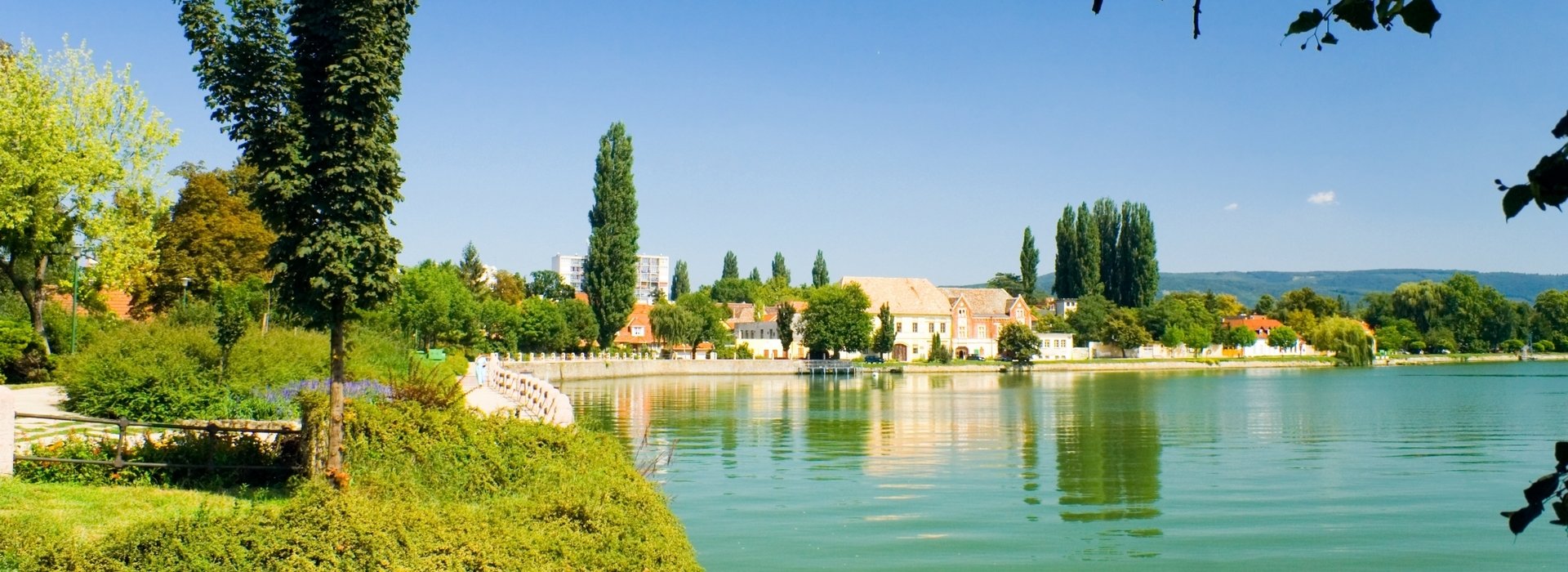

The area has been inhabited since prehistoric times; archaeological findings date back to 50,000 BCE. Later it was a Roman settlement.
The first known mention of Tata is from 1221. Its castle was built by the Lackfi family and had its prime under Matthias I, who had it rebuilt in Renaissance style.
In 1526 when the disastrous battle with the Turks happened and Louis II died in the battlefield, Count György Cseszneky was the chatelain of the Castle Tata. In the struggle for the throne of Hungary between Voivode John Zapolya and Archduke Ferdinand of Habsburg, he supported Ferdinand's claim. However, when Zápolya's commander Gáspár Ráskai laid siege to the Castle of Tata, Cseszneky unwillingly yielded to the superior force and handed the castle over.
During the Ottoman occupation, the castle of Tata was an important fortress. It was captured in 1529 and had many different owners in the next decades until it was burned down by the Habsburgs in retaliation for the Rákóczi's War for Independence.
In 1727, Count József Esterházy bought Tata and the surrounding villages. The town prospered, in 1765 it already had a secondary school.
According to the article of the Pallas Lexicon about Tata in 1851 the town was a "pretty and developing village in the Tata district of Komárom comitatus; 895 buildings, 6925 mostly Hungarian residents (3633 Roman Catholics, 2518 Lutherans and 673 Israelites), centre of the district, with secondary school, railway station, post office. Tata and the adjoining village Tóváros (4257 residents) are built around a large lake, Tata on the hillside, Tóváros on the plain. Between them there is the Esterházy mansion and an old castle with archive and gallery incl. a painting of Leonardo da Vinci. The theatre was built in 1889. The mansion is surrounded by the beautiful English garden (140 hectares)."
In 1938, the village Tóváros was annexed to the Tata which was renamed Tatatóváros for a short while; one year later it was named Tata again. It was granted town status in 1954.